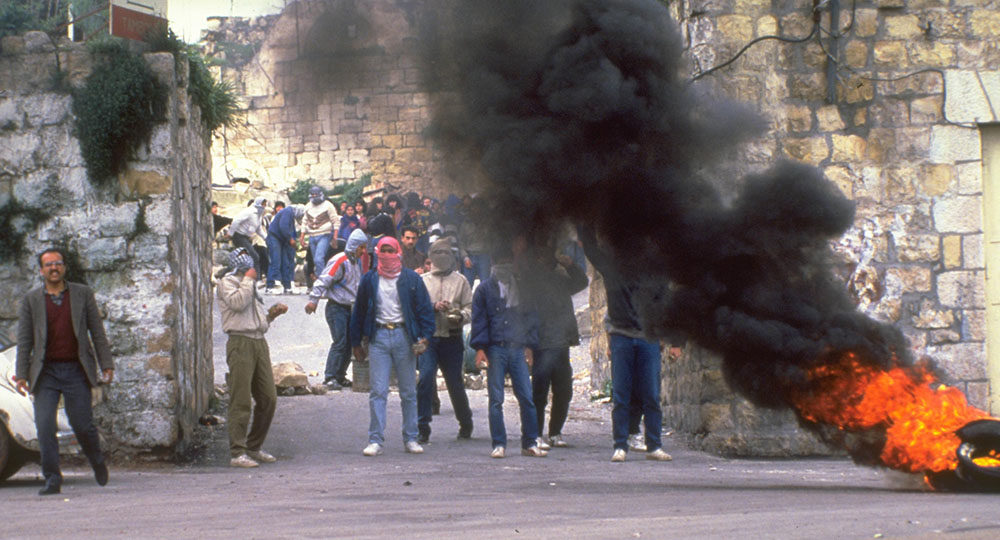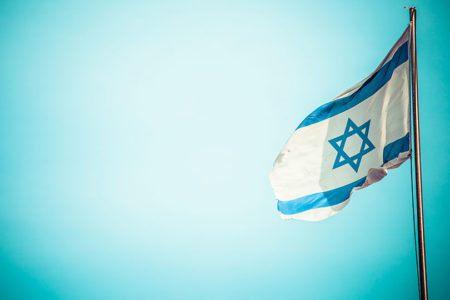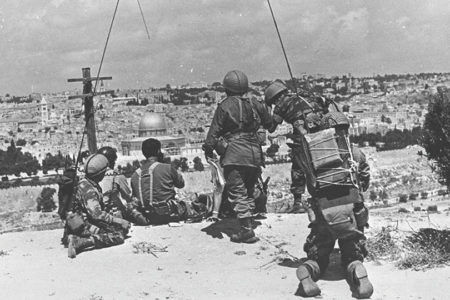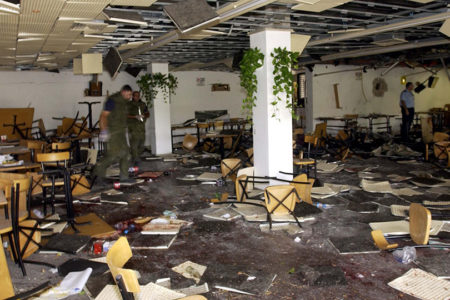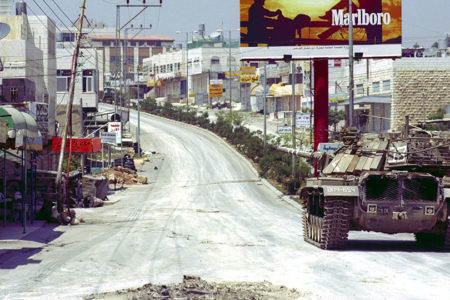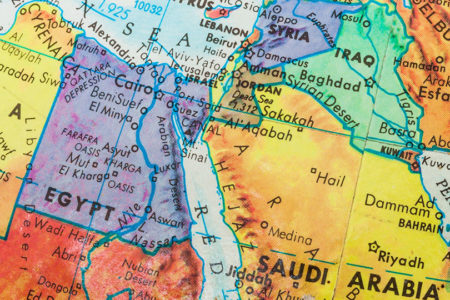The Intifadas
The word intifada is Arabic for “shaking off.” It refers to two violent Palestinian-Arab uprisings in Gaza and Judea/Samaria (West Bank). The first occurred from December 1987 through September 1993; the second began in September 2000. The Palestinians call the latter the Al-Aqsa Intifada, while Israelis refer to it as the Oslo War.
The 1987 Intifada
Inducement
The trouble began with an Israeli traffic accident that killed four Palestinians. Palestinians called it intentional and rioted. On the first day, an Israeli soldier killed a 17-year-old Palestinian who was throwing a firebomb at an Israeli patrol. Palestinians, including Muslim clerics, called for revenge.
Characteristics
The media portrayed Israel as Goliath and the Palestinians as David. The Palestinian leaders conducted demonstrations on specific streets where the media had erected its television camera scaffolding. The riots quickly evolved from spontaneous demonstrations into carefully orchestrated television epics that showed young Arab men, children, and occasionally women throwing rocks at burly Israeli soldiers who were often at a loss as to how to respond.
The Israel Defense Forces reported more than 3,600 Molotov Cocktail attacks, 100 hand-grenade attacks, and 600 assaults with guns or explosives in the first four years alone.
Statistics
- Israelis killed by Palestinians: almost 200.
- Palestinians killed by Israelis: over 1,100.
- Palestinians killed by other Palestinians for “collaborating” with Israel: 942.
The 2000 (Al-Aqsa) Intifada
Inducement
Israeli leader Ariel Sharon legally and peacefully visited the Temple Mount on September 28, 2000, to investigate archaeological damage caused by a Muslim building project and to see if freedom of access to the Mount was ensured. After his visit, a stone-throwing commotion ensued, followed by a full-blown Palestinian riot. The Palestinians named this uprising the Al-Aqsa Intifada after the Al-Aqsa Mosque located on the Temple Mount.
Sharon’s visit was preannounced to the Muslim Waqf. At no time did Sharon try to enter the mosque. The 2001 Report of the Sharm El-Sheikh Fact-Finding Committee, led by U.S. Senator George Mitchell, determined, “The Sharon visit did not cause the ‘Al-Aqsa Intifada.’”
According to a March 2001 statement by the Palestinian Authority communications minister, the intifada was planned following the Camp David Summit in July 2000. U.S. assistant secretary of state for Near East affairs, Edward Walker, agreed in a congressional hearing that the riot was premeditated. The Palestinian media had been inciting violence for weeks, and Palestinian police had been training in Jericho for military clashes. Dozens of known terrorists had been released from Palestinian jails for “extended furloughs.”
Characteristics
Palestinians were better armed than previously, due in part to the 1995 Israeli-Palestinian Interim Agreement allowing Palestinian police to carry pistols, rifles, and machine guns. Also, arms-smuggling provided grenades, missiles, mortars, mines, and more.
The 2000 Intifada involved the wholesale slaughter of innocent Israeli civilians by Palestinian suicide/homicide bombers whom the Muslims venerate for these acts of murder. Saudi Arabia and Iraq reward the families of suicide bombers with tens of thousands of dollars, promoting this culture of death.
